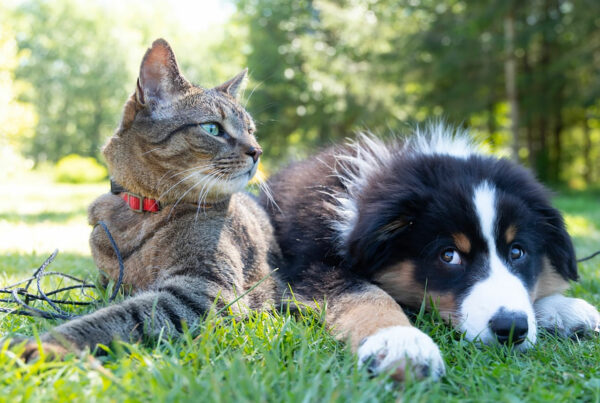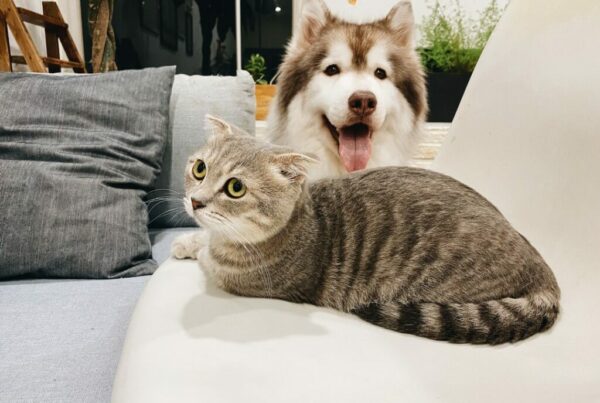Many breeds of cats and dogs, especially dwarf breeds, are predisposed to intervertebral disc disease (IVDD). Hemilaminectomy surgery is a procedure used to correct a slipped or herniated disc in the thoracolumbar spine, the cause of IVDD.
Understanding Intervertebral Disc Disease
Intervertebral disc disease (IVDD) affects the thoracolumbar spine, located from the spinal column’s upper to middle region. The pressure on the spinal cord caused by IVDD leads to:
- Muscle pain
- Urination issues
- Muscle weakness
- Paralysis
There are several treatments, such as exercise restriction, medications, and, in acute cases, hemilaminectomy surgery.
What Is Hemilaminectomy Surgery?
Hemilaminectomy surgery is a procedure used to correct herniated or slipped discs in the thoracolumbar spine.
Before Surgery
Before surgery, our team conducts tests such as CT scans to visualize the area.
Next, we take blood work to ensure the pet can undergo anesthesia. After the results of that bloodwork, and if appropriate, the pet is placed under anesthesia. A breathing tube is placed, and we prepare the area for incisions by clipping, shaving, and cleaning it.
During Surgery
Our anesthesiologist monitors the pet’s vital signs during surgery and administers medications as needed. At the same time, the surgeon cuts into the skin and subcutaneous tissues to gain access to the spine.
Then, using a periosteal elevator, our surgeon removes the connective tissue around the spinal column. A burr removes the vertebral bone in the operative area, which exposes the spinal cord. Then, using a thin pick, the surgeon removes a thin layer of bone to expose the ruptured disc.
The surgeon uses a fat graft to correct the herniation before closing the incision.
After Surgery
After surgery, pets stay with us at our hospital while recovering and undergoing physical therapy. They’ll receive around-the-clock care with regular analgesics to control pain during that time. Many pets also receive antibiotics to help prevent infection.
After leaving the hospital, postoperative dogs and cats must remain on cage rest for up to a month. During that time, the pets must have a padded resting place to prevent bedsores. Additionally, pet owners may need to use a sling to help support the pet’s hind legs when they go to the restroom.
In the post-operative recovery period, pets should not:
- Run
- Jump
- Leap onto or off of furniture
- Climb stairs
- Play with other animals
Following recovery, pet owners can expect decompression surgery to help relieve or resolve symptoms, but the extent of that relief depends on the severity of the case.
Minor herniation corrections have an average success rate of 96%, and acute cases have an average success rate of 76%.
Live Oak Animal Hospital Performs Hemilaminectomy Surgery
At our practice at Live Oak Animal Hospital, we understand the importance of a hemilaminectomy to help pets, such as dogs and cats, live without the muscle pain, weakness, urination issues, or paralysis intervertebral disc disease (IVDD) may cause. Our hospital is the only one in this region to offer this surgery — Reach out and schedule a consultation for your pet today.





